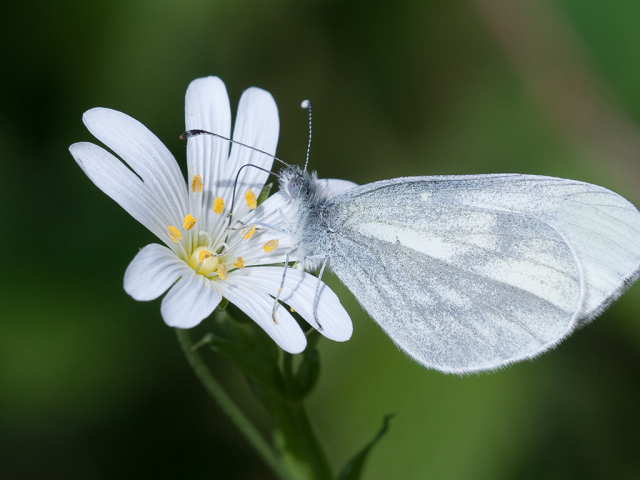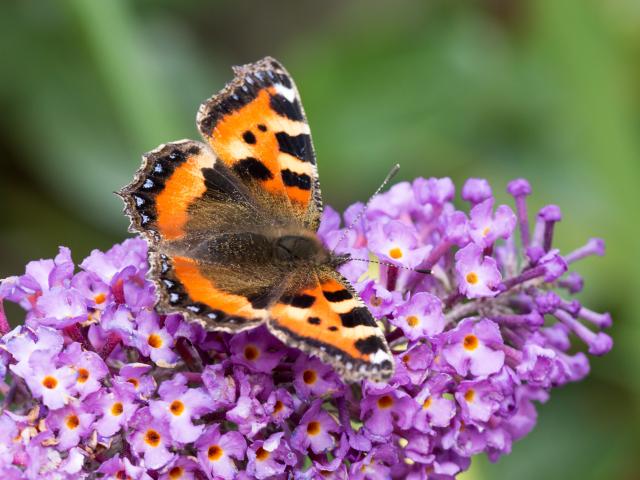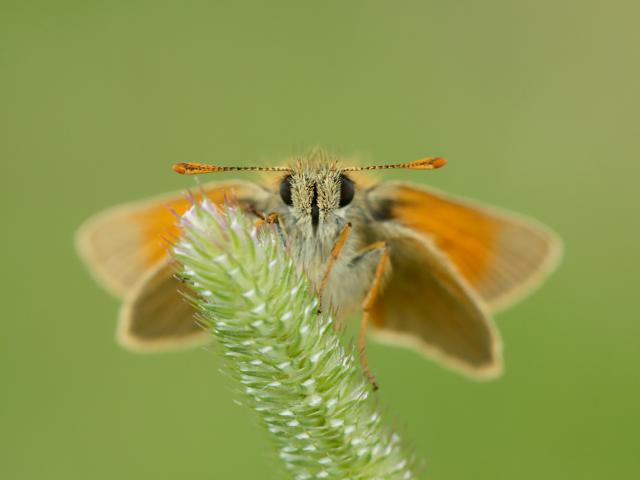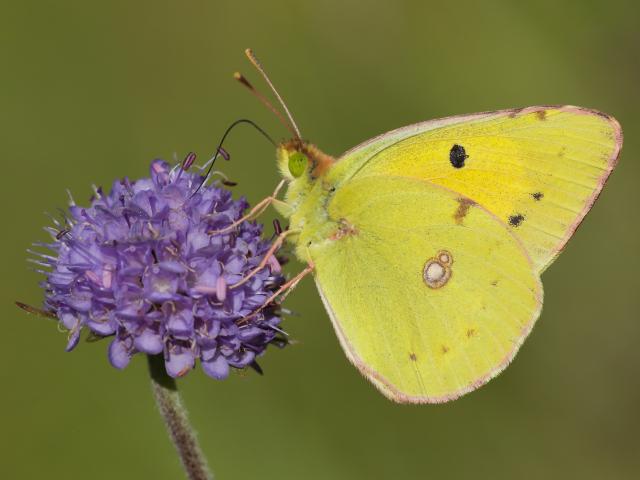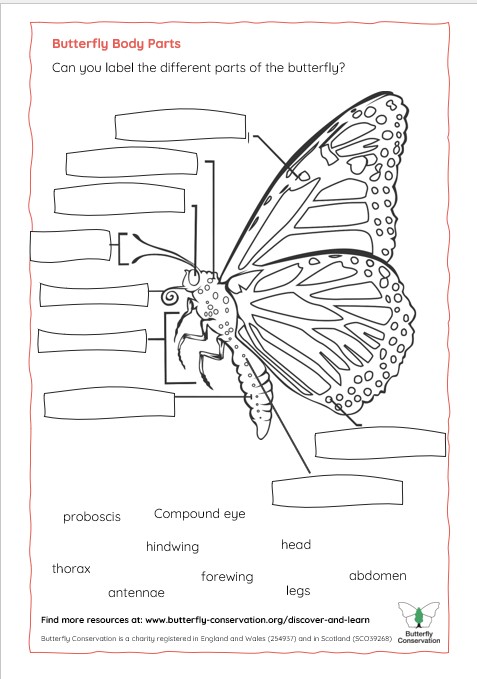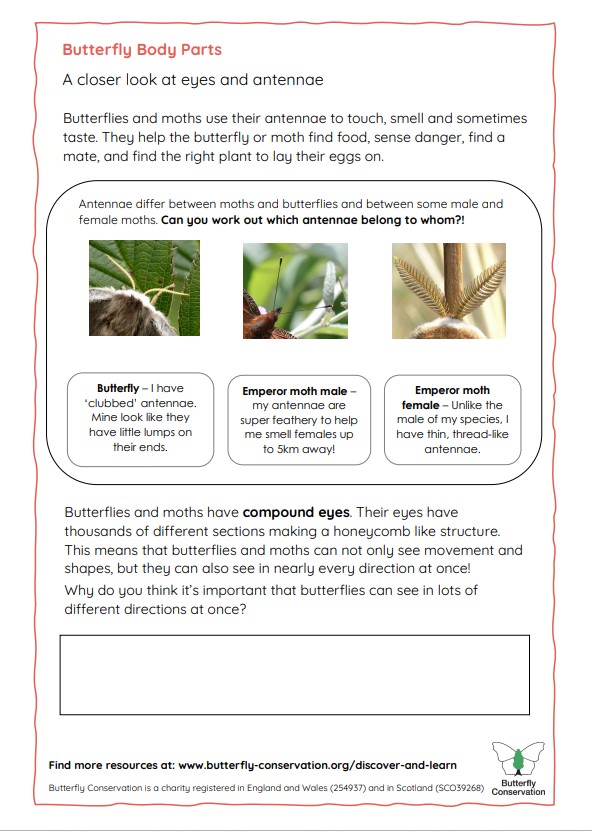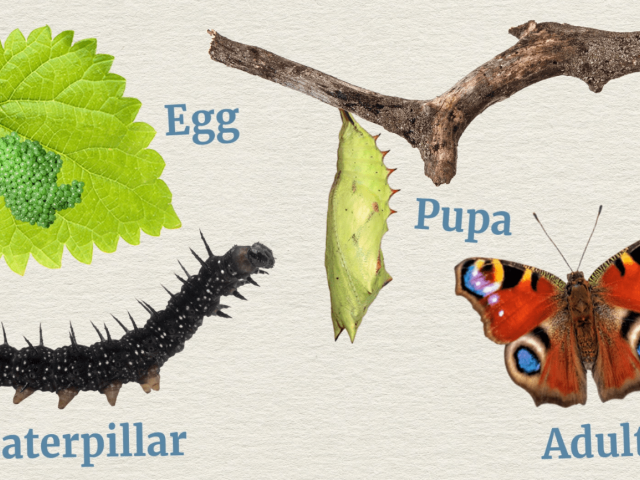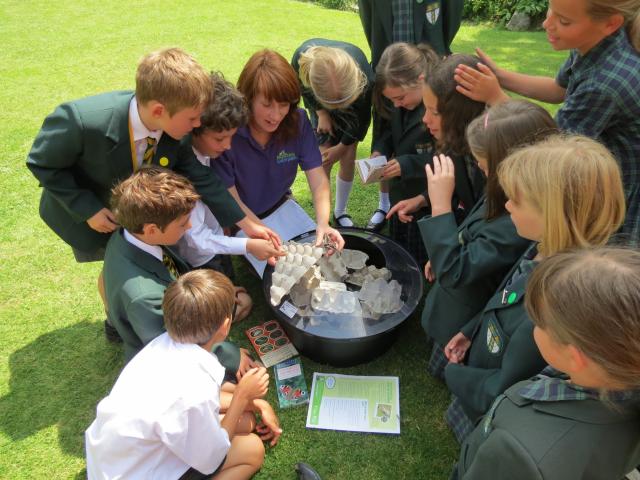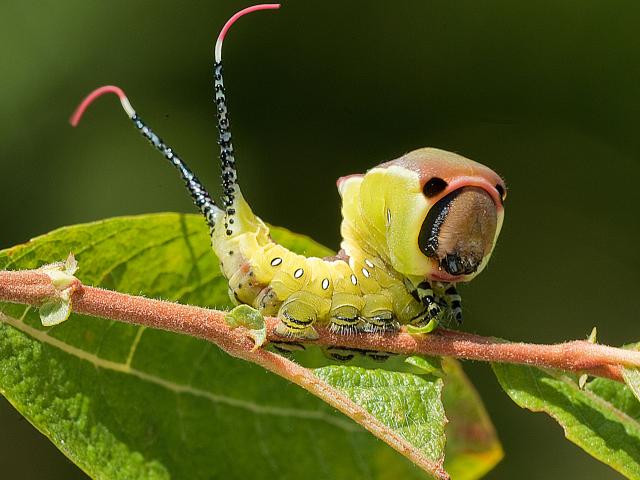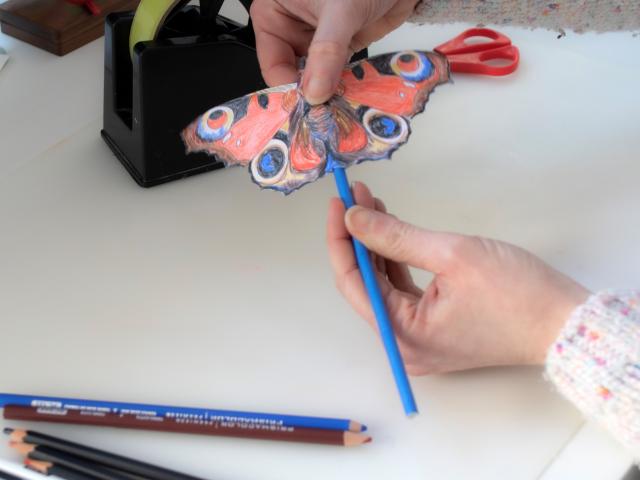Butterfly Body Parts
Let's look together at the different parts that make up the body of a butterfly, and learn about what they do.
All about butterfly bodies
Butterflies are insects, and like all insects their bodies are made up of three sections: the head, the thorax and the abdomen.
Found at the top of the head are the antennae. These are sensory organs which detect chemicals in the air - to help the butterfly find food, or a mate. Just like other insects, butterflies have compound eyes which are made up of lots of tiny lenses. They can detect light and dark and colour, and they are able to detect movement in many directions at once. The mouth parts of the butterfly enable them to feed. They feed on nectar using a long, drinking straw like structure called a proboscis.
The middle part of the butterfly is called the thorax. This is where the body parts that enable the butterfly to move around its' environment are found. Like all insects, butterflies have six legs. Two pairs of wings are attached to the thorax - the forewings and the hindwings. Butterflies, along with moths make up a group of insects called Lepidoptera. Lepidoptera means 'scaley-winged' - their wings are made up of tiny overlapping scales.
The abdomen is where the butterfly's life sustaining functions happen. It contains the digestive system and the reproductive organs. Down the sides of the abdomen are tiny holes called spiracles, which enable the butterfly to breathe.
Watch our short video all about butterfly bodies and see if you can complete our worksheet.
Downloads
Useful Links
-
Why butterflies matter
Find out why butterflies are important.
Gallery
